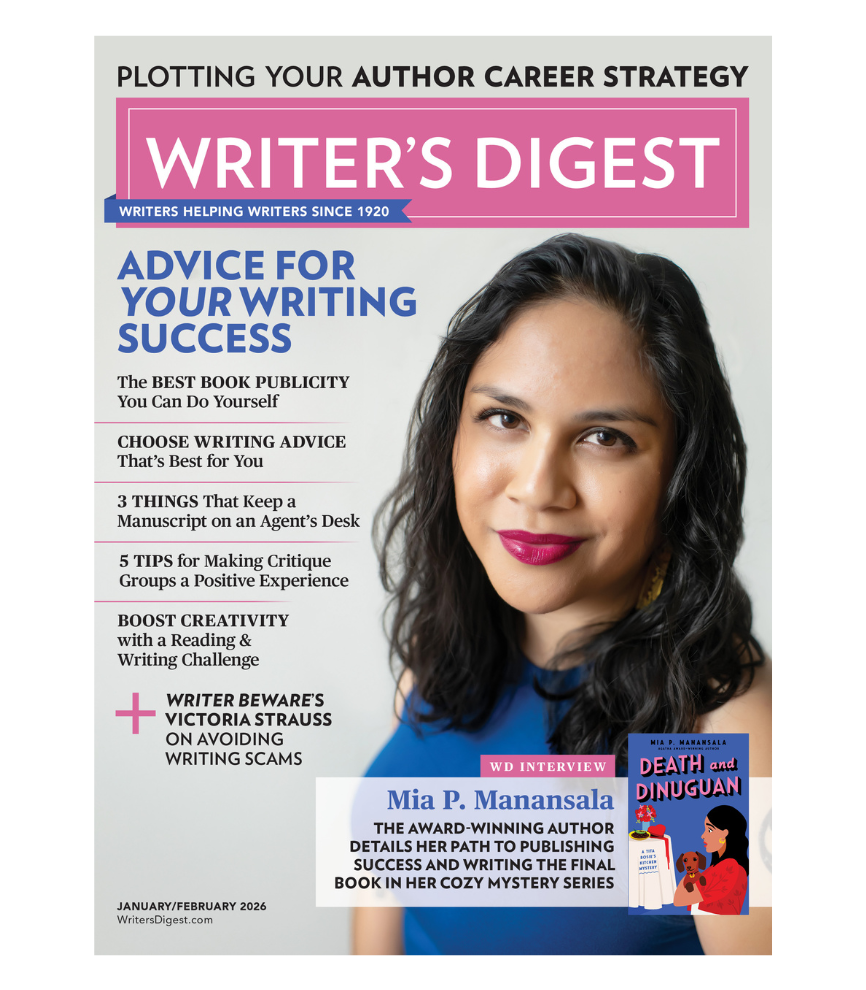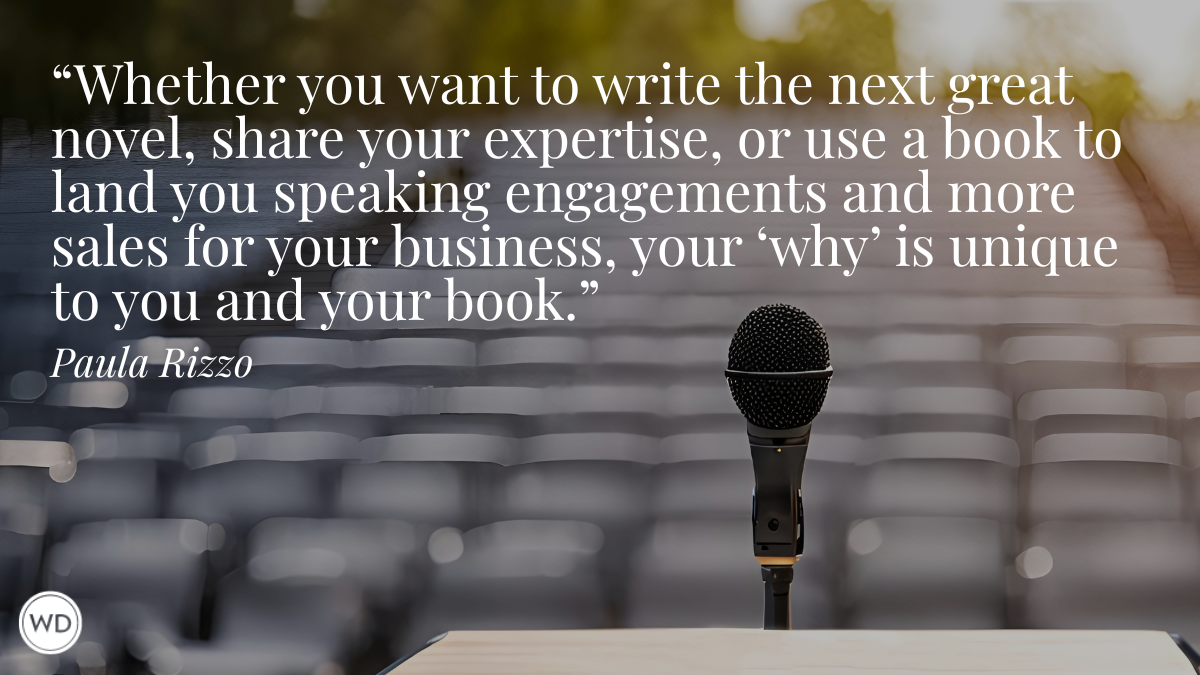When Does Black Women’s Fiction Become Just Women’s Fiction?
Author Shelly Stratton explains why the only difference between Black women’s fiction and women’s fiction is where they’re placed on a bookstore shelf.
When does black women’s fiction become just women’s fiction? To answer that question, we’d first have to establish the difference between the two.
Some might argue that it’s the characters, others might say themes or cultural perspective. After reflecting on this for years, I concluded that the biggest thing that separates women’s fiction and black women’s fiction is about 10 to 20 feet of floor space. And I’m not being glib; I’m serious. Just hear me out.
Order a copy of Shelly Stratton's Between Lost and Found today.
Bookshop | Amazon
[WD uses affiliate links.]
Go to any large bookstore or the book section of your local Target or Walmart and search for the two women’s fiction authors, Jennifer Weiner and Terry McMillan. Both authors
- write stories about average American women undergoing painful and/or life-changing experiences,
- invoke humor and often employ a first-person narrative voice,
- have a dedicated fan base,
- have had their books adapted into film, and
- have released books within the past year.
On face value, they seem pretty similar but in most stores, books by these women would not be shelved together—and not just because of the distance between them alphabetically. The same could be said for New York Times best-selling women’s fiction authors Mary Monroe and Mary Alice Monroe, who are alphabetically similar. The reason why there’s so much distance between them is that Terry McMillan and Mary Monroe are black authors who write women’s fiction and will therefore be placed in the “African-American Interest” section of the bookstore or your local library. In contrast, Jennifer Weiner and Mary Alice Monroe would likely be shelved in the Fiction/Literature section.
If by some chance the retailer or library does co-mingle these books on the shelves, you’ll usually still find some form of book separation on display tables, on placards, or even retailer web sites. Why? Because the race of the author can influence how books are marketed, shelved, and reviewed. All this combined, dictates who are the likely readers. It is the message whispered to the buyers that says, “This one is for you, but that one is not.”
So what do Richard Wright and I have in common, exactly?
I discovered this phenomenon firsthand when I published my first novel back in 2011. At the time I was writing romance, not women’s fiction. My mother had always been a big romance fan and I grew up reading novels by black romance authors like Francis Ray, Rochelle Alers, and Donna Hill, but also white authors like Nora Roberts, Danielle Steele, and Debbie Macomber. The race of the characters was less important to me than the story and the immersive writing, the escapism it offered for a teenaged girl who found the real world underwhelming.
But when my own romance novel debuted, my book wasn’t shelved in the same section as most of my romance author idols. Instead I found my book in the same section as Maya Angelou and Richard Wright, Walter Mosely and Octavia Butler. Our section in the bookstore was a weird hodgepodge of genres and styles—street lit to sci-fi, upmarket to commercial. There were even non-fiction books sprinkled on the shelves. In fact, the only thing we all had in common was our race. Even our nationalities were different: British, Nigerian, African American, Jamaican, French—it didn’t matter.
When I discovered this, I was confused. I questioned other authors and even my then editor on why books by black authors were treated this way.
Were we really that different from everyone else?
Some insisted the separation made sense. Most of us are writing from a black perspective, so the readers who would most identify with our stories would be part of the black diaspora experience. Shelving us all together was just a straightforward way to reach that audience, the big flashing sign that said, “Hey, you! Look over here!” This is “For us, by us,” the “African-American Interest” sign basically says. Nothing wrong with that, those authors insisted.
Others argued that it was nothing better than modern-day literary segregation, a “separate but equal” that wasn’t really equal when it came down to it. They argued that even though they were writing from a black perspective and their novels may contain some nuance a non-black reader might not understand, their overall stories could apply to a wide swath of readers.
Separating their books in the corner of a bookstore or designating them under the special heading “African American” on a retailer web site, they argued, cuts them off from potential readers and a wider market, which has bigger implications in sales dollars, marketing and publicity, sub-rights deals, etc.
The Problem with False Assumptions
I loved hearing both sides because it helped me to develop my own opinion.
Again, it took years, but I finally decide that it makes sense to target your books to a specific reader. I know I do. My targeted reader even shifts when I write under the penname, Shelly Ellis, which is for my romance and “women’s fiction with a heavy romantic element” audience, versus now when I write upmarket women’s fiction under Shelly Stratton. But I don’t want people to assume that just because I’m black, my targeted reader must be black. This isn’t to say black authors never do this. Some are targeting black readers and are vocal about it, but not all of us are taking that approach—and lumping us together isn’t fair. We aren’t monolithic.
Frankly, I get excited when I see black women’s fiction authors such as Dorothy Koomson or Bunmi Laditan break out of the box and find success with “mainstream” audiences who read them along with Weiner and Mary Alice Monroe. It gives me hope I can one day do the same.
So when does black women’s fiction become just women’s fiction? The simple answer: When you cross that 10 to 20 feet of floor space, ignore the “African American-Interest” sign, and say, “Hey, I’ll try this too.”
Shelly Stratton is an NAACP Image Award-nominated author who has written almost a dozen books under other pennames. Her latest book, Between Lost & Found (Kensington Publishing Corp., July 2017), is a work of women’s fiction set in the mythical town of Mammoth Falls, South Dakota. When Shelly isn’t working on her novels, she’s writing and editing for her day job at a science trade magazine or chasing after her 4-year-old daughter. Find out more about her at shellystrattonbooks.com.








